TABLE 15-5
What are the factors that determine the acceleration time (in sec.) from 0 to 60 miles per hour of a car? Data on the following variables for 171 different vehicle models were collected:
Accel Time: Acceleration time in sec.
Cargo Vol: Cargo volume in cu. ft.
HP: Horsepower
MPG: Miles per gallon
SUV: 1 if the vehicle model is an SUV with Coupe as the base when SUV and Sedan are both 0
Sedan: 1 if the vehicle model is a sedan with Coupe as the base when SUV and Sedan are both 0
The regression results using acceleration time as the dependent variable and the remaining variables as the independent variables are presented below.
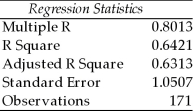 ANOVA
ANOVA

 The various residual plots are as shown below.
The various residual plots are as shown below.
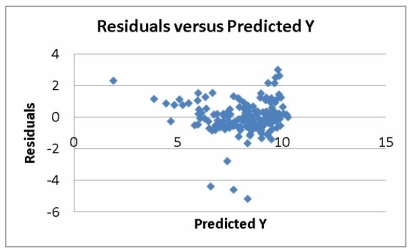
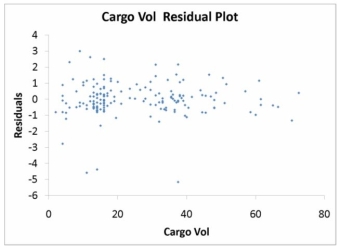
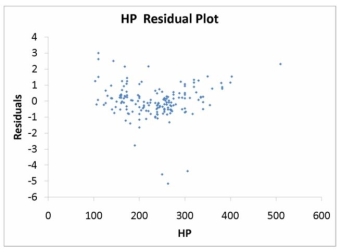
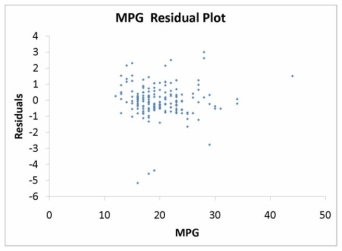
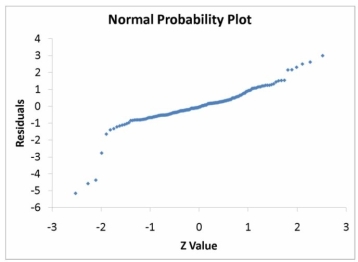 The coefficient of partial determination (
The coefficient of partial determination (  ) of each of the 5 predictors are, respectively, 0.0380, 0.4376, 0.0248, 0.0188, and 0.0312.
) of each of the 5 predictors are, respectively, 0.0380, 0.4376, 0.0248, 0.0188, and 0.0312.
The coefficient of multiple determination for the regression model using each of the 5 variables as the dependent variable and all other X variables as independent variables (  ) are, respectively, 0.7461, 0.5676, 0.6764, 0.8582, 0.6632.
) are, respectively, 0.7461, 0.5676, 0.6764, 0.8582, 0.6632.
-Referring to Table 15-5, which of the following assumptions is most likely violated based on the normal probability plot?
Definitions:
Total Amount Charged
The total amount charged refers to the aggregate sum of all charges, fees, and expenses associated with a transaction or series of transactions.
Allowance for Doubtful Accounts
This is an accounting method that estimates the amount of receivables that may not be collected due to customer defaults.
Current Assets
Assets that are expected to be converted into cash, sold, or consumed within one year or within the business's normal operating cycle.
Merchandise Inventory
Merchandise on hand (not sold) at the end of an accounting period.
Q9: Referring to Table 12-9, the expected cell
Q9: Referring to Table 16-5, to obtain a
Q22: Referring to Table 14-15, predict the percentage
Q50: Based on the following scatter plot, which
Q73: Referring to Table 14-15, which of the
Q83: Referring to Table 15-5, there is enough
Q111: Referring to Table 16-6, construct a centered
Q121: The confidence interval for the mean of
Q148: From the coefficient of multiple determination, we
Q180: In a multiple regression model, the adjusted